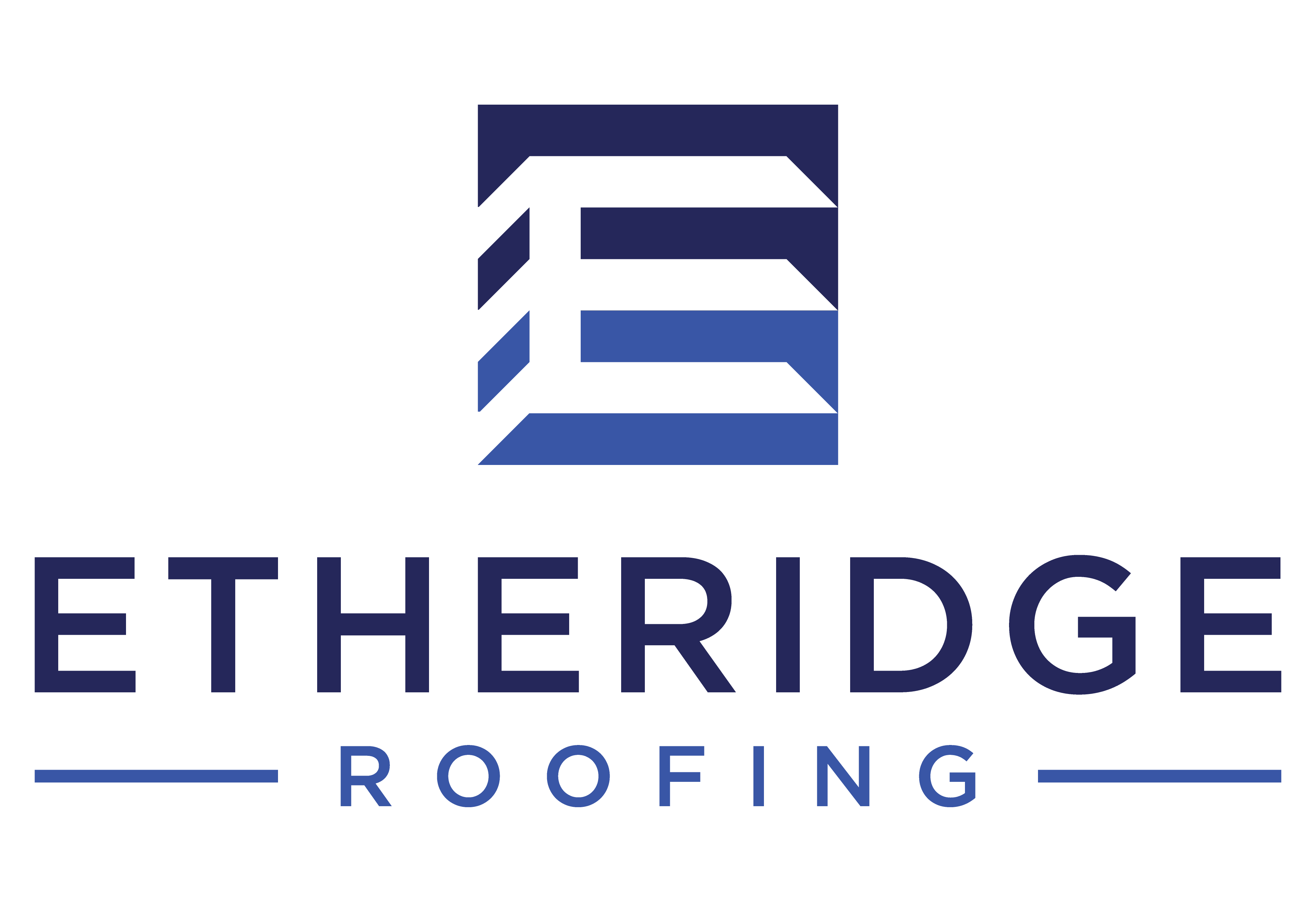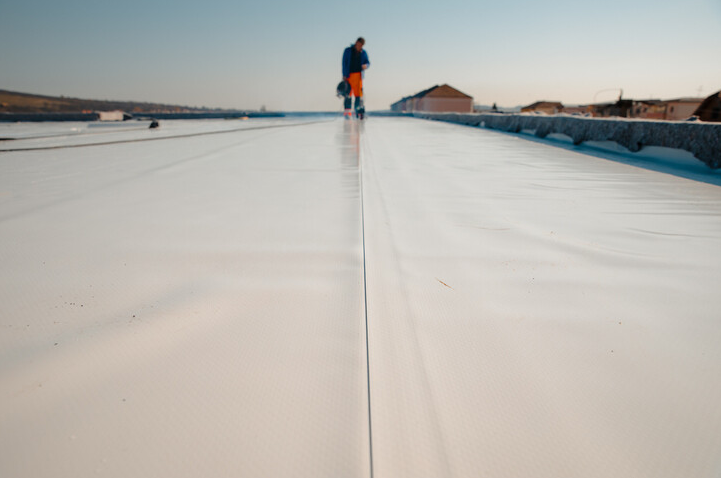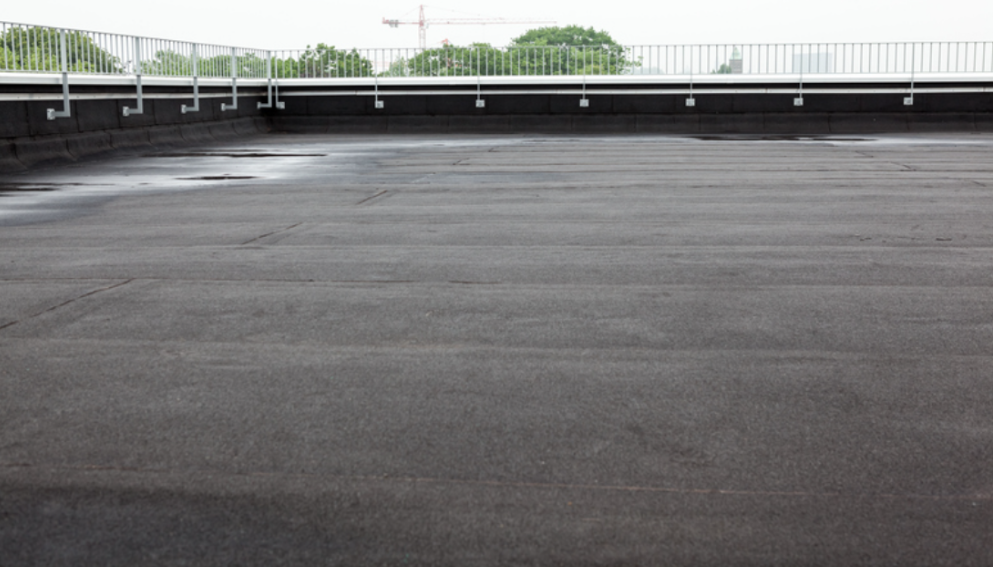The Role of Proper Insulation in Commercial Flat Roofing
Proper insulation is not a topic that is often brought up when speaking about commercial flat roofing, but it is definitely not one we should ignore. Not only does it play a significant role in the energy efficiency and comfort of a building, but it also helps to protect the structure from potential damage and prolong its lifespan. Insulation may not be the most exciting aspect of commercial flat roofing, but its impact is undeniable. In this blog post, we will discuss the importance of proper insulation in commercial flat roofing and how it can benefit both the building and its occupants.
The Impact of Insulation on Energy Costs in Commercial Buildings

Proper insulation in commercial buildings can have a significant impact on energy costs. As roofing contractors know, commercial buildings can be large and expansive, requiring a considerable amount of energy to maintain comfortable temperatures year-round. However, with the right insulation, this energy consumption can be significantly reduced.
Insulation works by creating a barrier between the interior and exterior of the building. This barrier helps to regulate the temperature inside, preventing heat loss in the winter and heat gain in the summer. When a commercial building is properly insulated, less energy is needed to heat or cool the space, resulting in lower energy costs.
The impact of insulation on energy costs in commercial buildings cannot be overstated. It not only helps to reduce the overall energy consumption of the building but also provides a more stable and comfortable environment for its occupants. By maintaining a consistent temperature, insulation prevents the need for excessive heating or cooling, leading to cost savings for facility managers.
In addition to reducing energy costs, proper insulation also contributes to the overall sustainability of a commercial building. With less energy required for temperature regulation, the building's carbon footprint is reduced. This is increasingly important as businesses strive to become more environmentally conscious.
Roofing contractors play a crucial role in ensuring that commercial buildings are properly insulated. By selecting the right insulation materials and installing them correctly, they can help facility managers achieve optimal energy efficiency. Additionally, regular maintenance and inspections can identify any insulation issues early on, preventing further energy loss and potential damage to the building.
How Proper Insulation Helps to Protect the Roof From Potential Damage

Proper insulation not only has a significant impact on energy costs but also plays a crucial role in protecting the roof from potential damage. Commercial flat roofing is exposed to various elements such as rain, snow, wind, and extreme temperatures, all of which can take a toll on the structure over time. Without proper insulation, these external factors can lead to serious issues that compromise the integrity of the roof.
One of the primary ways insulation helps protect the roof is by preventing moisture infiltration. When a roof is not properly insulated, moisture can seep through the layers and into the underlying structure. This can lead to mold growth, rotting of the roof deck, and deterioration of the overall roofing system. Additionally, moisture can cause insulation materials to lose their effectiveness, reducing their ability to regulate temperature and provide energy efficiency.
Insulation also helps to prevent thermal expansion and contraction. When the temperature changes, the roof materials expand or contract, which can cause stress on the roofing system. This stress can lead to cracks, leaks, and overall damage. Proper insulation helps to mitigate these temperature-related issues by creating a barrier that minimizes the impact of temperature fluctuations on the roof.
Another benefit of insulation in protecting the roof is its ability to enhance the structural stability of the building. By reducing the temperature differences between the interior and exterior of the building, insulation helps to minimize the expansion and contraction of structural elements. This reduces the strain on the roof and the overall building, prolonging its lifespan and reducing the need for costly repairs or replacements.
Selecting the Right Insulation Materials: Tips Facility Managers
When it comes to selecting the right insulation materials for commercial flat roofing, roofing contractors have a lot to consider. The choice of insulation can have a significant impact on the efficiency, durability, and overall performance of the roof. Here are some important tips for facility managers to keep in mind when selecting insulation materials:
1. Understand the Roofing System: Before selecting insulation materials, it's crucial to have a thorough understanding of the roofing system. Consider factors such as the type of roof, the climate in which the building is located, and any specific requirements or regulations. This will help determine the appropriate insulation material for the job.
2. Consider R-Value: The R-value measures the insulation's thermal resistance. It indicates how well the insulation material can resist heat flow. Higher R-values generally provide better insulation. However, it's essential to strike a balance between R-value and cost-effectiveness. Consider the specific energy requirements of the building to determine the appropriate R-value for the insulation.
3. Choose the Right Type of Insulation: There are various types of insulation materials available for commercial flat roofing, including fiberglass, mineral wool, polyisocyanurate, and expanded polystyrene. Each material has its own unique characteristics and advantages. Consider factors such as insulation performance, fire resistance, moisture resistance, and ease of installation when selecting the right type of insulation.
4. Consider Long-Term Performance: While upfront costs are an important consideration, it's also essential to consider the long-term performance of the insulation material. Look for materials that have a proven track record of durability and performance. Consider factors such as resistance to moisture, UV rays, and potential for mold or mildew growth.
5. Seek Professional Guidance: Selecting the right insulation materials for commercial flat roofing can be a complex task. It's always a good idea to seek professional guidance from experts in the industry. They can provide valuable insights and recommendations based on their experience and expertise.
By following these tips, facility managers can select the right insulation materials that meet the specific requirements of the commercial flat roofing project. Choosing the right insulation will not only enhance the efficiency and longevity of the roof but also contribute to the overall comfort and energy efficiency of the building.
Common Mistakes in Roof Insulation Installation & How to Avoid Them:

1. Inadequate Insulation Thickness: One common mistake in roof insulation installation is not ensuring that the insulation is thick enough to provide sufficient thermal resistance. It's important to follow the manufacturer's recommendations for the appropriate insulation thickness based on the desired R-value. By skimping on insulation thickness, facility managers risk compromising energy efficiency and potentially experiencing higher energy costs.
2. Poor Air Sealing: Another common mistake is not properly sealing air leaks before installing insulation. Air leaks can significantly reduce the effectiveness of insulation, allowing heat or cold air to escape or enter the building. It's crucial to thoroughly inspect the roof for any gaps, cracks, or openings and seal them with appropriate materials such as caulking or weather-stripping.
3. Incorrect Installation Techniques: Improper installation techniques can lead to insulation gaps, compressions, or voids, which can diminish its performance. It's essential to follow the manufacturer's guidelines and industry best practices when installing insulation. This may include using proper fasteners, maintaining consistent insulation coverage, and ensuring proper alignment and sealing of insulation joints.
4. Ignoring Vapor Barriers: Vapor barriers are crucial in preventing moisture infiltration into the roof assembly. Failure to install or properly maintain vapor barriers can result in moisture-related issues, such as mold growth or deterioration of insulation materials. It's important to understand the specific requirements for vapor barriers in your region and ensure they are correctly installed and maintained.
5. Lack of Regular Inspections and Maintenance: Insulation, like any other component of the roofing system, requires regular inspections and maintenance to ensure its optimal performance. Facility managers should schedule regular inspections to check for any signs of damage, wear, or insulation degradation. Timely maintenance, such as resealing air leaks or replacing damaged insulation, can help prevent further issues and extend the lifespan of the insulation.
By avoiding these common mistakes in roof insulation installation, facility managers can ensure that their commercial flat roofs are properly insulated for maximum energy efficiency, comfort, and protection. Consulting with experienced roofing contractors can also provide valuable insights and guidance to avoid these pitfalls and achieve optimal insulation performance.
Posts by Tag
Recent Posts
Popular Posts
Selecting the appropriate roofing system is...
If you're looking for a green roofing solution...
Your roof is one of the most important parts of...
Recent Posts
With so many options available in the world of...
Understanding the signs of wear, evaluating the...







